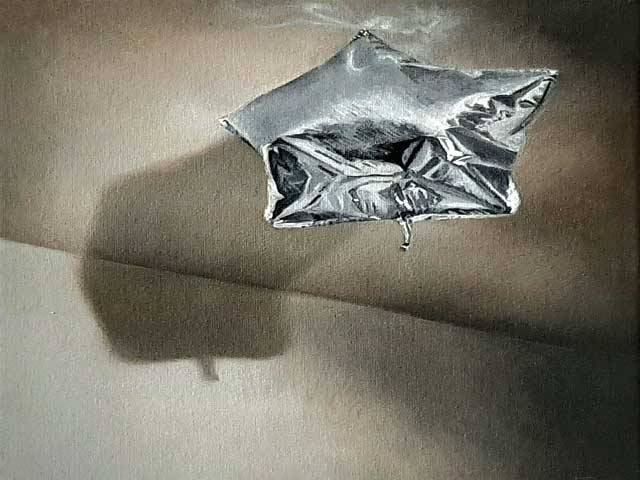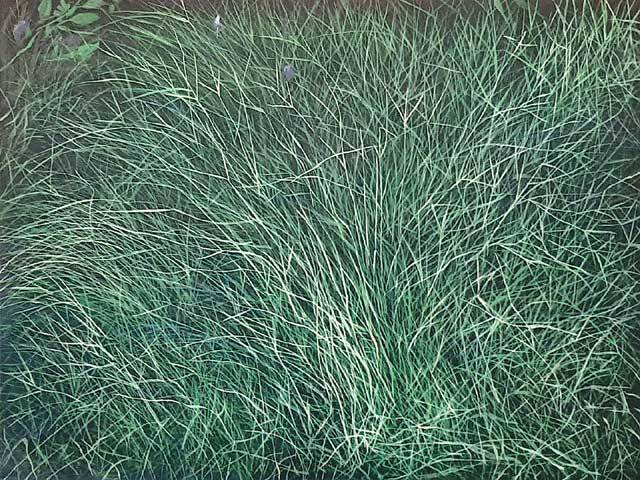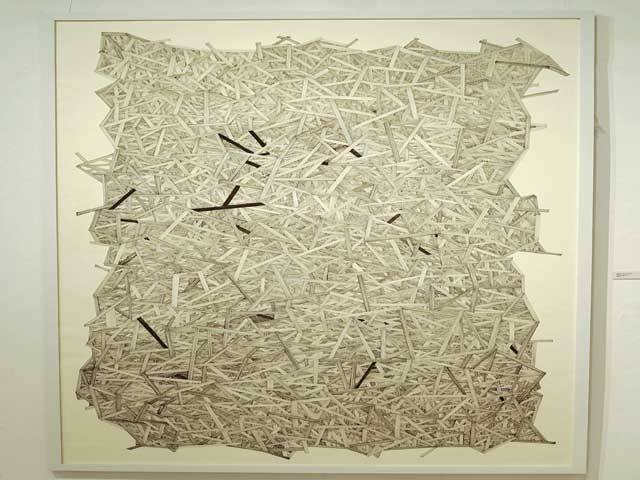LAHORE - Every year in December / January National College of Arts exhibits its student degree show for public viewing across its campus. This show incorporates work of students graduating in Art, Design and Architecture. Being one of the leading institutes of Art and Design in Pakistan this event marks the time when upcoming talent can be spotted and new trends in Pakistani Art can be determined.
It was 2008 Degree Show when Noor Ali Chagani created works comprising of miniature terracotta bricks to demonstrate his unique take on the tradition of miniature painting. He still works in this material as his work receives noticeable critical appreciation and commercial success.
Lots of graduating students refine / finalize their techniques and methodologies to art making as they exhibit their concluding show at the university. Young British Artists, commonly known as YBAs exhibited their groundbreaking work at their respective degree shows. Works such as Damien Hirst’s Spot Paintings, David Shrigley’s Leisure Club and Matt Collishaw’s Bullet Hole have been produced while they were students at an art school. Their work was experimental because they had nothing to lose at this stage of their career. They were also full of naive confidence and ambition. Degree Show is an extremely special and empowering time in one’s career as an Artist.
The Fine Art Degree Show at NCA featured works in Painting, Miniature Painting, Print Making, and Sculpture. Students worked exclusively in their selected medium. Through the exploration of medium and techniques, they addressed themes of memory, nostalgia, loss, desire, meditation and self-reflection. This year’s Degree Show focused on materiality and “The Process”. It focused on refining techniques and understanding the respective medium. There were no artist statements, allowing the viewer to only read the work.
Some students guided the viewers through their work. Quoting Carl R Jogers’s essay “This is me”, they believed that their personal stories have a universal charm. Aamna Nadeem’s paintings mourned the loss of a loved one. Lovingly painted empty chair in ‘Finite Joy’ came across as a typical representation of loss. However her luscious paintings of star shaped foil balloons examined the very concept in a significantly novel way. Farwa Ahad also addressed personal connections with Shia rituals and emblems. However, she was unable to transcend them beyond their original meaning / value. Irfan Chana painted images from his hometown in a flawless photorealism technique. The centered small paintings on large papers made mundane images look precious.
Drawing as meditation was another theme in the show. Hira Asim’s large drawings on paper showed intricately constructed structures with pen. She hoped to create a chaotic experience for the viewer through a process of line making most meditative to her. As she worked with these binary opposites Asim constructed large abstract structures. Untitled, with scroll-like proportions served as a calming space for the viewer. Eyes could follow the horizontal lines in and out of white/ empty shapes. Shams-ul-Arfeen’s large paintings of grassy fields also created immersive spaces. The darkened edges and lit center engulfed the viewer, transporting him within its planes. It left eyes rummaging through frantic marks of the grass as if looking for something.
Art has the ability to be anything it wants to be in a society where it is mattered less and less, such as in the case of Pakistan. It is okay if it is safe or pointless however, it can also speak up for the contingent, the wandering individual and the miraculous in a world of relentless forces.
It can also question the existing paradigms of contemporary art through non-conforming practices. This year’s degree show marked another year when new artists entered the real world. Some work stood out for its experimental nature and several remained faithful to more conventional techniques / methods. Certain work appeared like reiterations of artwork I had seen in the past, but some was setting new paradigms for art making and asking new questions.
As Ranciere puts it, “New kinds of artwork create new communities and ways for people to relate to one another.” We hope to grow, and we hope that our Degree Shows are more resilient.








